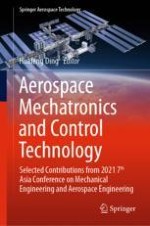This book collects chapters on Aerospace Mechatronics and Control Technology as selected contributions from the 7th Asia Conference on Mechanical Engineering and Aerospace Engineering (MEAE) in 2021. The book focuses on novel techniques for aviation infrastructure in aerospace mechatronics and avionics systems, mechanical engineering in aerospace, and mechanical design and control system domains. The contents make valuable contributions to academic researchers and engineers in the industry.
The MEAE 2021 provides a forum to discuss the latest trends and advances in mechanical engineering and aerospace engineering and related fields, and foster the exchange of ideas and international collaboration in the field.
